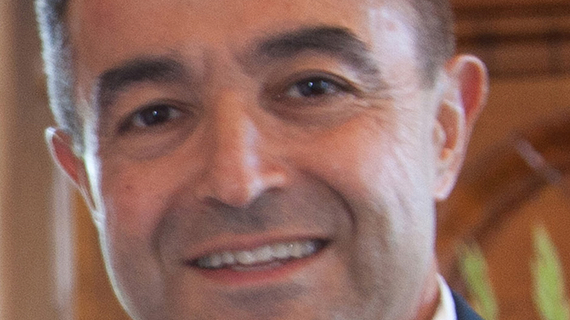Fouad Khoury
Principles and long term results of hard tissue grafting with autogenous bone

- DMD, St. Joseph University, Beirut
- 1978-1979: Dep. of Oral and Maxillofacial Surgery of the University of Freiburg, Germany
- 1979-1994: Ass. and later Associate Professor at the Dep. of Oral and Maxillofacial Surgery of the University of Muenster, Germany. 1984: Specialist in Oral Surgery, 1988: Habilitation
- Since 1994: Professor at the Dep. of Oral and Maxillofacial Surgery in Muenster and Chairman of the Privatklinik Schloss Schellenstein, Olsberg
- Member of editorial board of several journals. Several Prices and Patents, 118 Publications, 3 Textbooks translated to 11 languages and more than 1000 Lectures
Nationality: Lebanon
Scientific areas: Implantology
9 of april, from 11h00 until 12h00
Auditório B
Conference summary
Autogenous Bone graft is still the gold standard for the reconstruction of severe atrophy of the maxilla or the mandible. Small alveolar defects can be successfully treated with the bone core technique, a minimal invasive approach based on local harvested bone. Two & 3 dimensional bony defects need for the reconstruction special surgical procedures with autogenous bone grafts to assure at long term an acceptable functional and esthetical result. Biomaterials have here their limitation and are for such reconstruction until today not an alternative due to their poor regeneration potential.
Autogenous bone graft harvested from intraoral sites, especially the retromolar area of the mandible, and used following the split bone block (SBB) technique is offering many possibilities for intra operative facilities and stable long term results. Splitting the thick cortical block to 2 or 3 thin blocks is augmenting the number of blocks allowing the reconstruction of larger atrophic crest and giving a better adaptation to the recipient site with individual determination of the width and the volume of the grafted area.
Filling the space and gaps between the thin block and the remaining crest with particulate bone chips is reducing the time needed for revascularization of the graft improving its vitality compared to the original thick block. Implants inserted in this grafted bone presented in long term similar osseointegration as implants placed in non grafted bone. However soft tissue management and soft tissue augmentation still very important factors for success.
Scientific sponsor
DENTSPLY SIRONA